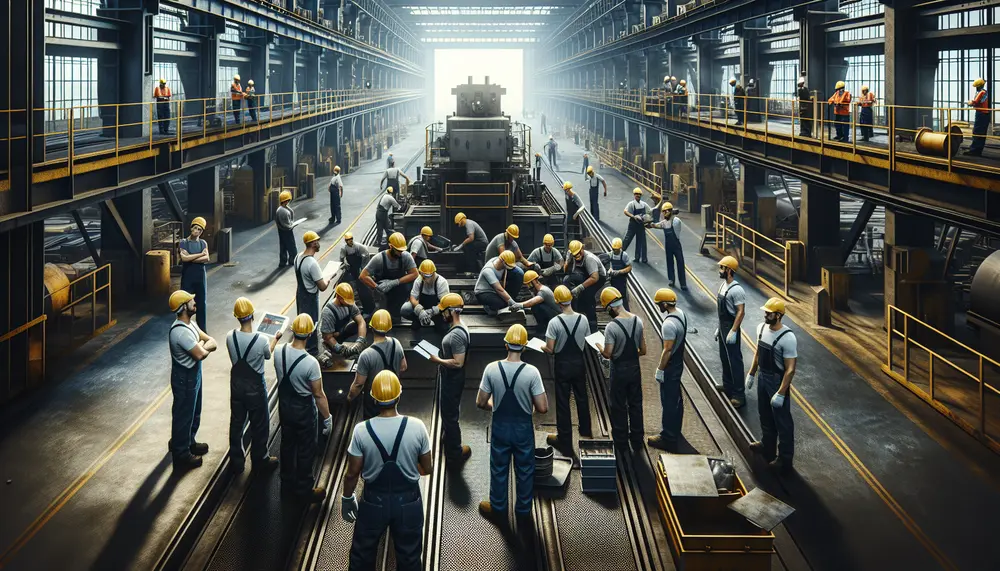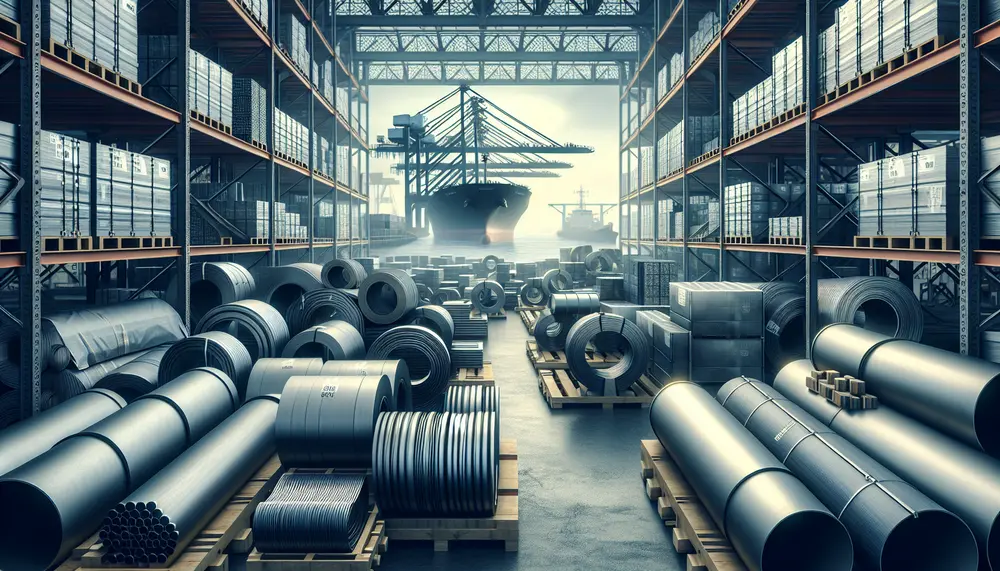Posts on the Topic Regulations
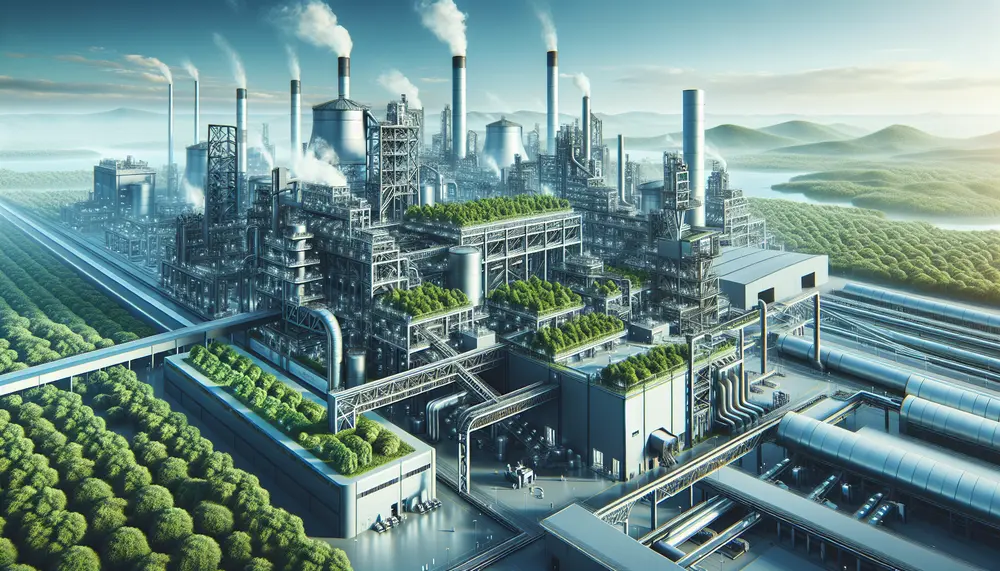
The green steelmaking process aims to reduce the significant CO₂ emissions from traditional steel production by utilizing cleaner technologies and renewable energy sources, including hydrogen. This transition involves optimizing existing processes, adopting new sustainable methods, and fully integrating green hydrogen...
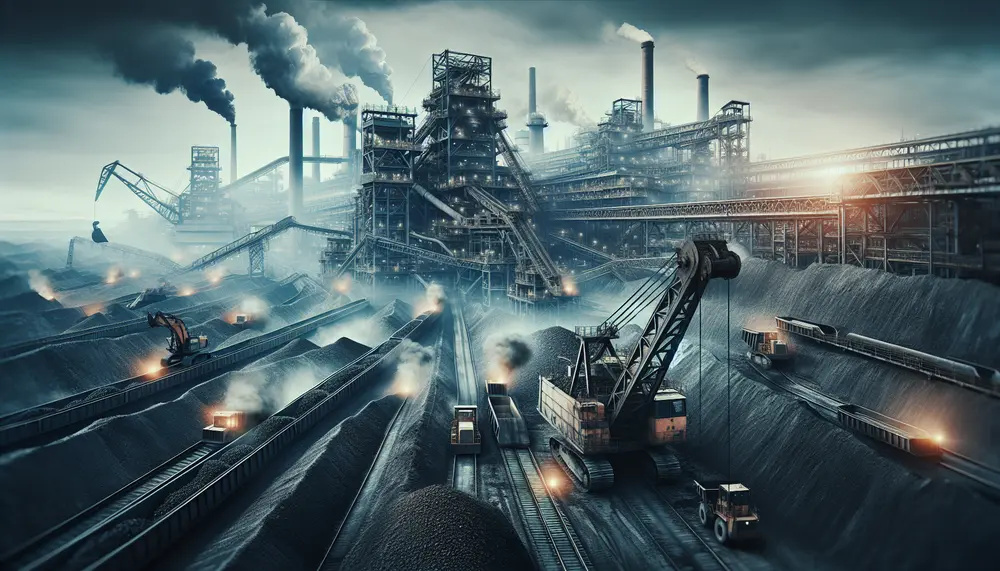
The article explains the importance of understanding steelmaking coal prices, influenced by factors like supply and demand, environmental regulations, global trade, technological developments, alternative energy sources, and market speculation. It highlights how these elements impact price fluctuations and provides insights...
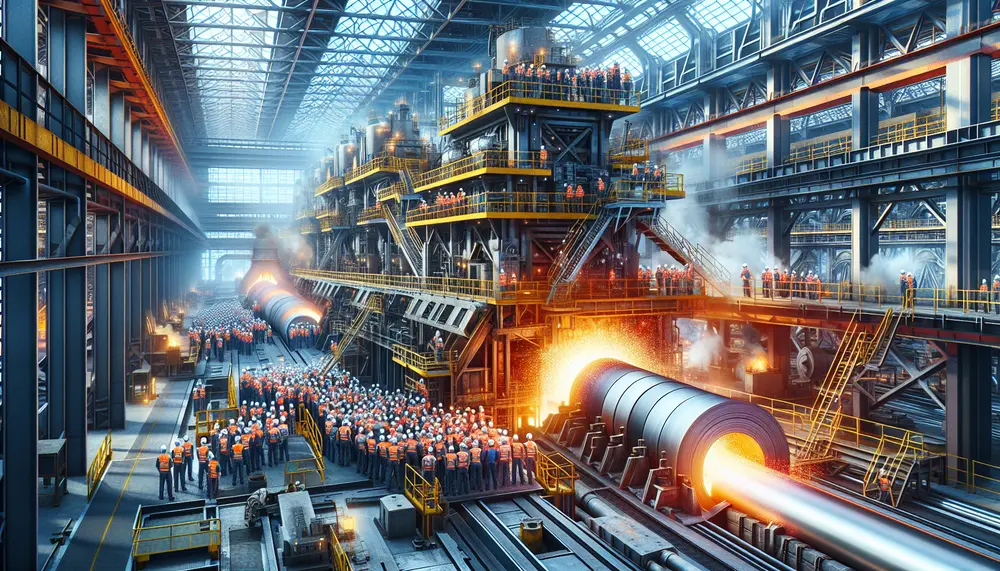
The steelmaking industry is evolving with trends like sustainability, digital integration, and market adaptation, driven by cleaner technologies, AI and big data usage, and product diversification. Innovations such as Advanced High-Strength Steels (AHSS), electrolysis-based production processes reducing emissions, and 3D...
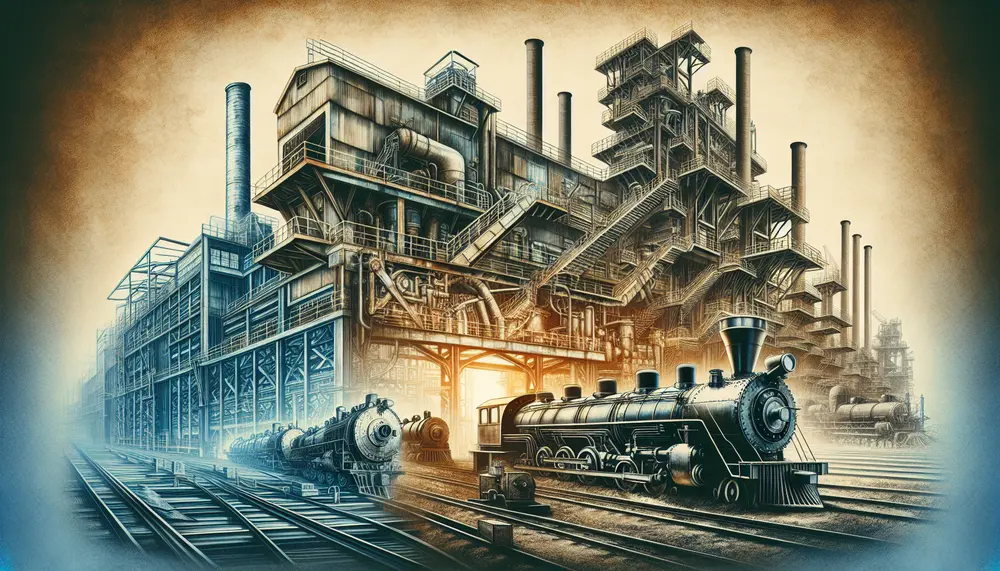
The evolution of steelmaking has progressed from labor-intensive early methods to advanced technologies like the Basic Oxygen Steelmaking and Electric Arc Furnaces, enhancing efficiency and sustainability. The once-dominant Bessemer Process was superseded due to its limitations in controlling chemical composition...

